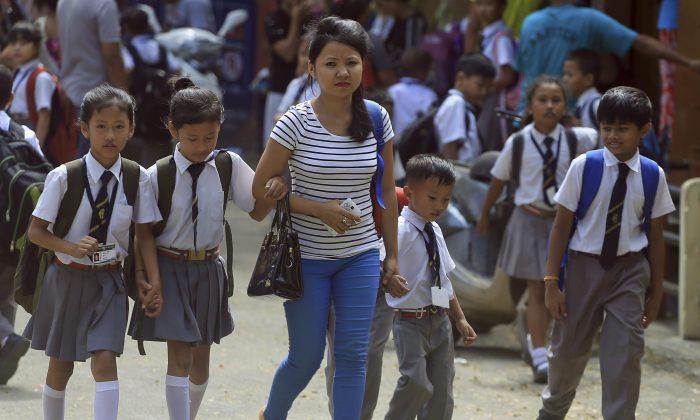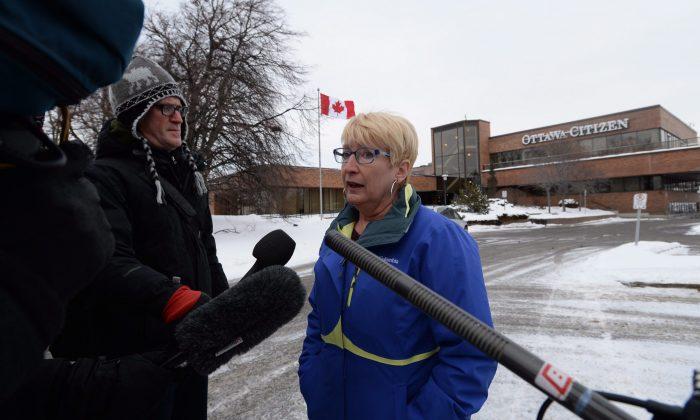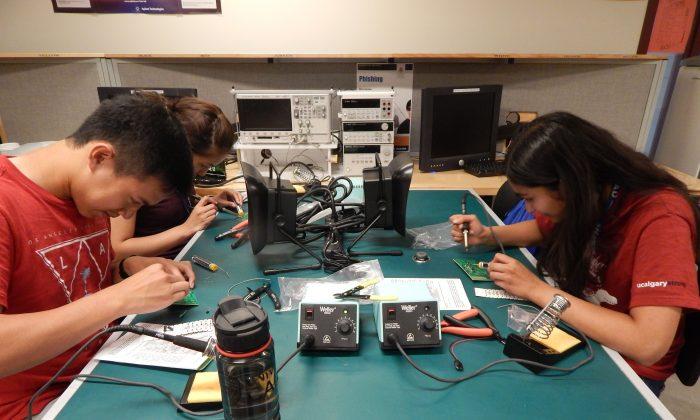Two Canadian innovations were among 13 concepts on display at the United Nations in New York earlier this week as part of an international “innovation marketplace”—a session on sustainable innovation and development held during the U.N. General Assembly.
The marketplace focused on inventions that use science and technology to achieve the U.N.’s development goals.
The innovations that represented Canada include a type of packaging that uses nanotechnology to lengthen the shelf life of soft fruits, and a “Lucky Iron Fish” used to combat anemia.
“It was an opportunity to showcase from already-funded innovations and to talk about the importance of simple innovations and how they will be a tool to combat world problems,” said Gavin Armstrong, a Ph.D. student at Guelph University, who presented the Lucky Iron Fish.
“A lot of organizations have the same goal, which is to use a simple technology to combat a global problem.”
Armstrong’s innovation is a small piece of iron shaped like a fish that can be placed in water and boiled, releasing potentially up to 75 percent of a person’s daily iron requirements. The goal of the fish, which is reusable for up to five years, is to reduce anemia in developing countries. It has been used extensively in parts of Asia.
Armstrong is commercializing the innovation, which was developed by former Guelph graduate student Christopher Charles.
“There were a lot of groups interested in having the Lucky Iron Fish be part of their agenda in solving iron deficiency and malnutrition,” said Armstrong. “Iron deficiency is a global problem and nearly half of the world’s population suffers from it.”
Among other technologies on display was a program that uses rats to identify people with tuberculosis, and a presentation by D-tree International that highlighted its work on a guide used by health workers to consult for diagnosis and treatment of diseases. The D-Tree I is currently being used in parts of Africa.
“It was a broad spectrum of everything,” said Prof. Jay Subramanian, Department of Plant Agriculture at Guelph University. “They are trying to develop a plan so that they can address some of the key issues that the world will face in 2030.”
Among the United Nations goals for sustainable development over the next 15 years are to end poverty and hunger everywhere, combat inequalities, and build more inclusive communities.
Subramanian presented Canada’s second innovation, which involves nanotechnology and soft fruit preservation. The intent is to reduce losses by improving the shelf life of fruit when it is shipped long distances.
“What we can do and what we plan to do is develop a little satchel with nanoparticles that are impregnated and will be used in cartons that fruits are packaged in,” said Subramanian. “It will slow down the ripening process. The key is slowing down the ripening process. We are not completely stopping the ripening process.”
The marketplace was attended and organized by some of the world’s leading development groups, including the Bill and Melinda Gates Foundation, UNICEF, World Bank Group, and the Rockefeller Foundation.
“They also wanted to see what kind of inventions that are out there that would have a large impact on a livelihood of a large number of people,” said Subramanian.
Kaven Baker-Voakes is a freelance reporter based in Ottawa.





Friends Read Free